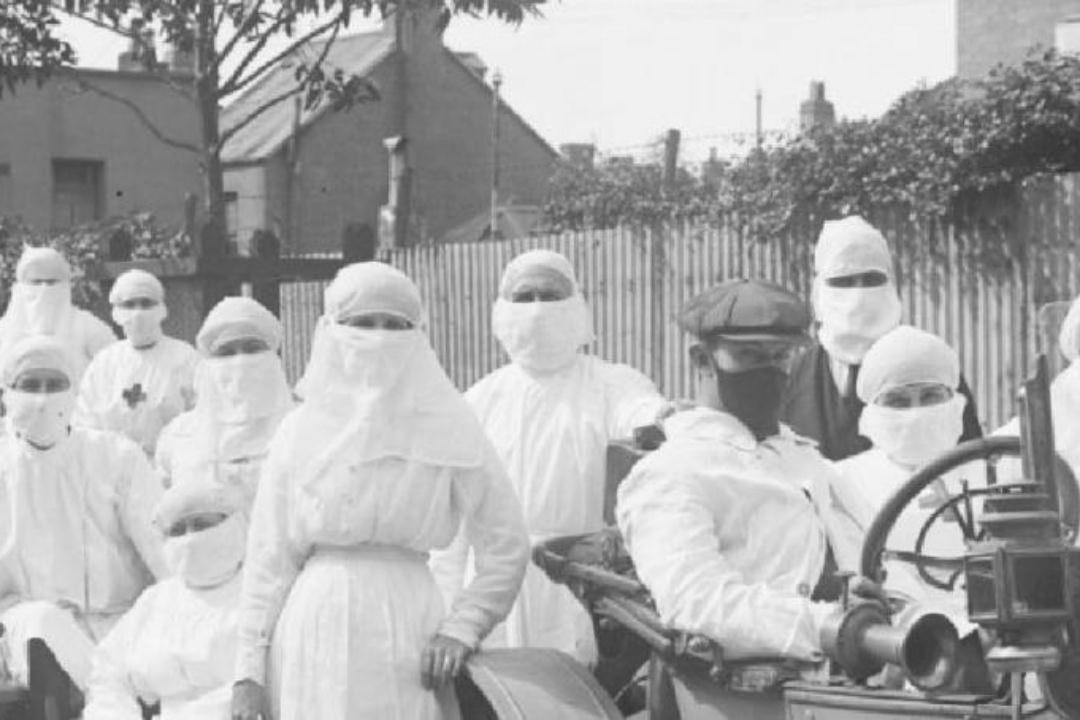Little known stories from Parramatta’s history
Learn about the people of Parramatta whose footsteps you walk in every day. Discover these fascinating little known stories of Parramatta.
Re-Living history
We often learn about the events of history in broad brushstrokes from a national or international perspective. To really feel connected with the past, however, there’s nothing that quite compares to learning the stories of the people who lived where you live and whose footsteps you walk in every day.
You can discover almost 1,000 research articles on Parramatta’s History and Heritage website but we have highlighted a few little known stories below.
Pandemic in Parramatta – from 1919 to 2020
Through these COVID-19 times, you might have heard references in the news to the 1919 Spanish flu (Pneumonic Influenza) outbreak. How did the Parramatta community’s response 100 years ago differ to that of today? From contact tracing, to public hygiene, closure of public spaces, financial relief and quarantine, the echoes between the past and our present reality are striking.
“The wearing of an effective respirator over the nose and mouth will prevent the passage of germs,” reads the NSW Health Department guidance from the Parramatta Municipal Council in 1919.
A hundred years later and the fundamental health guidance remains the same with today’s NSW Government advising the public to wear face masks when social distancing is not possible to prevent the spread of COVID-19.
“Disinfectant should be liberally used wherever necessary” states a Health Directive Parramatta Municipal Council Correspondence file from 1919, reflecting the advice we hear today to disinfect surfaces and use hand sanitiser regularly.
Discover the pandemic experiences of the City of Parramatta in 1919 and compare it with your personal lived experience a century later in this fascinating online exhibition.

On the street where you live
The street and suburb that you live in today might be as familiar to you as your own face but strip it of its current modern-day façade and what did it look like decades and even centuries ago? Would you be able to recognise it?
Take North Parramatta, for example. For thousands of years, the land was a hunting ground and sacred meeting place for Burramattagal clan members of the Darug people.
When colonial settlers arrived in Australia, North Parramatta became the site of the Parramatta Female Factory, constructed in 1818-1821 and the first purpose-built destination for convict women in Australia. The building then became the Parramatta Lunatic Asylum in 1848 before getting renamed the Parramatta Hospital for the Insane until 1970 when it closed to get re-built and renamed Cumberland Hospital in 1983.
You can connect with the history of your local community in Parramatta by searching your street and suburb.

The great outdoors
Many of us are using this opportunity to get more in touch with nature in the many green spaces around Parramatta but did you know that there used to be a zoo in Parramatta Park? This was in fact the first zoo in Western Sydney.
Parramatta Park has been teeming with wildlife for many tens of thousands of years. For the traditional custodians, the Burramattagal people, it was a bountiful ground for hunting and fishing.
When colonial settlers arrived, they brought domesticated farm animals and non-native wild animals with them. Governer Macquarie’s wife Elizabeth was even said to have established a Deer Park and small menagerie in the Old Government House grounds in the early 1800s.
Located close to the Gatehouse entrance on George Street, Parramatta Park Zoo housed native wildlife and exotic animals until it eventually closed and was demolished in 1958.
Learn more fascinating stories about the history of your much-loved parks and gardens in Parramatta.




